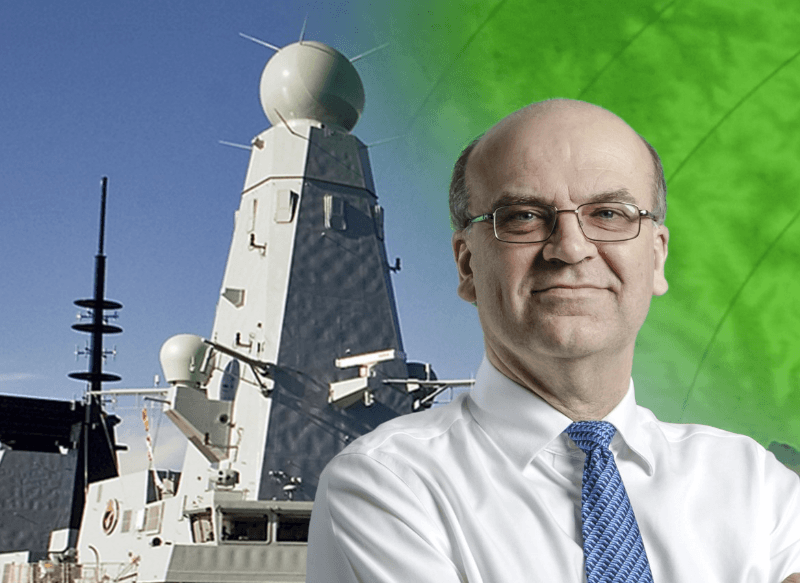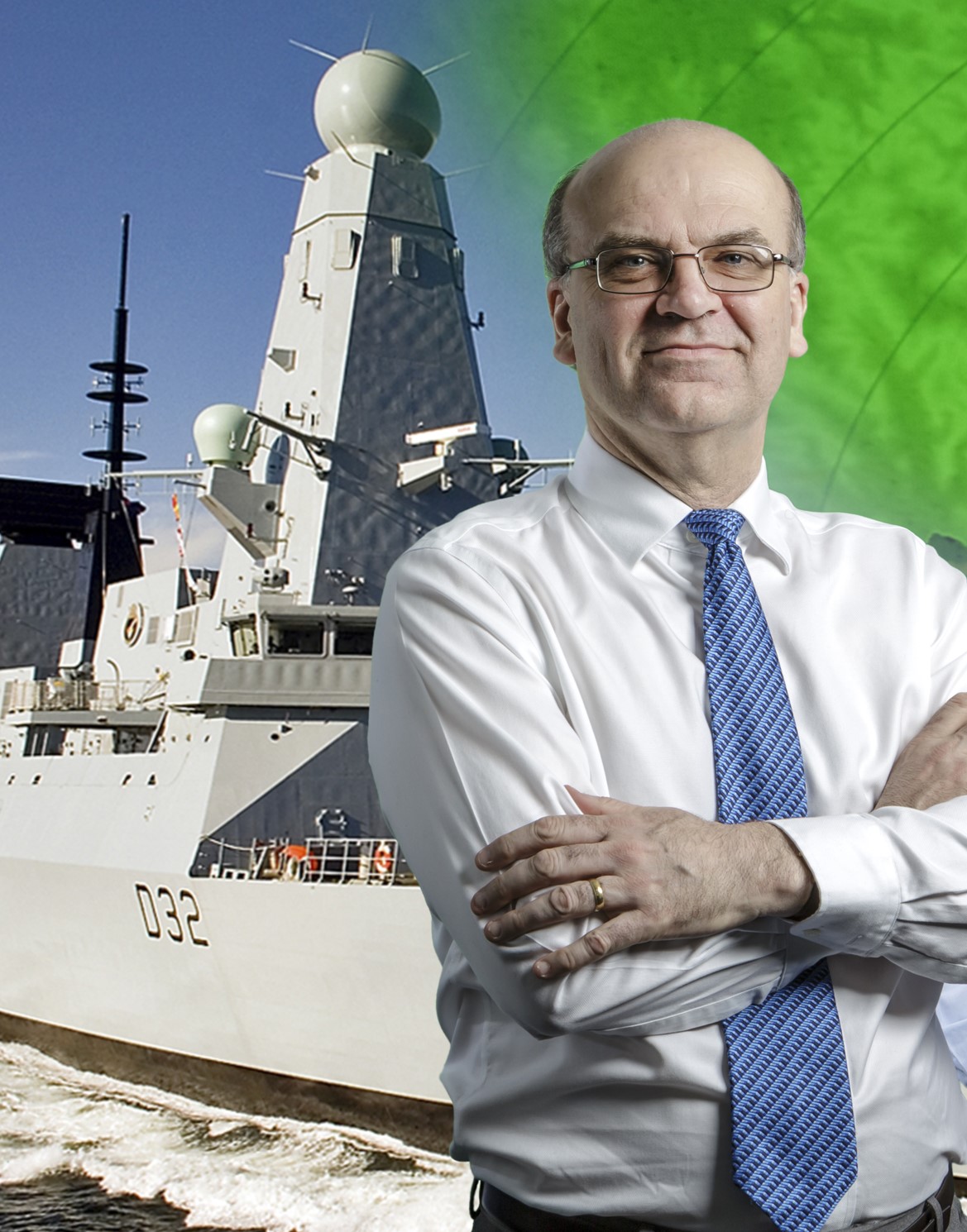- Cambridge Pixel to supply software modules for radar scan conversion, target tracking and radar fusion for integration into Lockheed Martin's new navigation radar system
- Naval Vigilance Radar system to be fitted on more than 60 Royal Navy platforms over next five years
- Cambridge Pixel selected due to radar tracking expertise, availability of discreet and evolving software modules, and experience with Kelvin Hughes SharpEye™ radar
CAMBRIDGE, United Kingdom, August 16th, 2016 - Cambridge Pixel (www.cambridgepixel.com) has been selected by Lockheed Martin Integrated Systems UK to supply software modules for radar scan conversion, target tracking and radar fusion, for integration into the company's new state-of-the-art Naval Vigilance Radar system.
This navigation radar system - along with Kelvin Hughes solid-state SharpEye™ radar transceivers - will be fitted to more than 60 Royal Navy platforms over the next five years. The new equipment is part of the Navigation Radar Programme (NRP), a £44m Royal Navy Upgrade awarded to Lockheed Martin by the UK Ministry of Defence (MOD) in January 2016.
David Johnson, CEO of Cambridge Pixel, said, "We are delighted to be working alongside Lockheed Martin's engineers on this major upgrade of the navigation radars on the UK Royal Navy's fleet of ships. Our technology software modules fit well with Lockheed Martin's vision of developing a navigation radar system that meets the Royal Navy's needs now but that also has a clear route to adding extra functionality in the future."
Commenting for Lockheed Martin, a spokesperson said: "We selected Cambridge Pixel because of their unparalleled background and experience in all aspects of radar processing and display – in particular target tracking. Their engineers were already familiar with the Kelvin Hughes SharpEye™ radar transceiver – which was a major benefit for this contract - and have always demonstrated a real desire to work with our team, engineer to engineer, to assist us with the integration process."
Cambridge Pixel's software 'modules of expertise' will be integrated into Lockheed Martin's Naval Vigilance Radar system. The radar scan conversion module receives radar data from the Kelvin Hughes SharpEye™ radar and creates a radar image for display with underlay and overlay graphics.
The radar tracking module processes the radar data to automatically acquire and track targets, and the radar fusion software combines tracks from multiple radars on the ships with AIS (automatic identification system) transponder data and other sensor data into a single, integrated data source.
To assist Lockheed Martin during the development and test phase of the new navigation radar system, Cambridge Pixel is also supplying radar simulation and recording capabilities from its established SPx product family. The RDR Radar Data Recorder captures raw video from the sensor as ASTERIX CAT-240, along with AIS data and navigation data.
For system testing, prior to connection to the SharpEye™ radars, the SPx Radar Simulator generates realistic ASTERIX-based data sets comprising primary radar video, tracks, NMEA-0183 navigation data and AIS data sets from programmed scenarios.
Cambridge Pixel's technology is used in naval, air traffic control, vessel traffic, commercial shipping, security, surveillance and airborne radar applications. Its systems have been implemented in mission critical applications with companies such as BAE Systems, Frontier Electronic Systems, Barco Defense, Blighter Surveillance Systems, DRS, Exelis, Kelvin Hughes, Lockheed Martin, Navantia, Navtech Radar, Raytheon, Royal Thai Air Force, Samsung Thales, Sofresud and Tellumat.
Media contact:
Martin Brooke (for Cambridge Pixel)
Martin Brooke Associates
Tel: +44 (0) 1223 882174
Email: [email protected]
Found this interesting? Please share it with your network:




